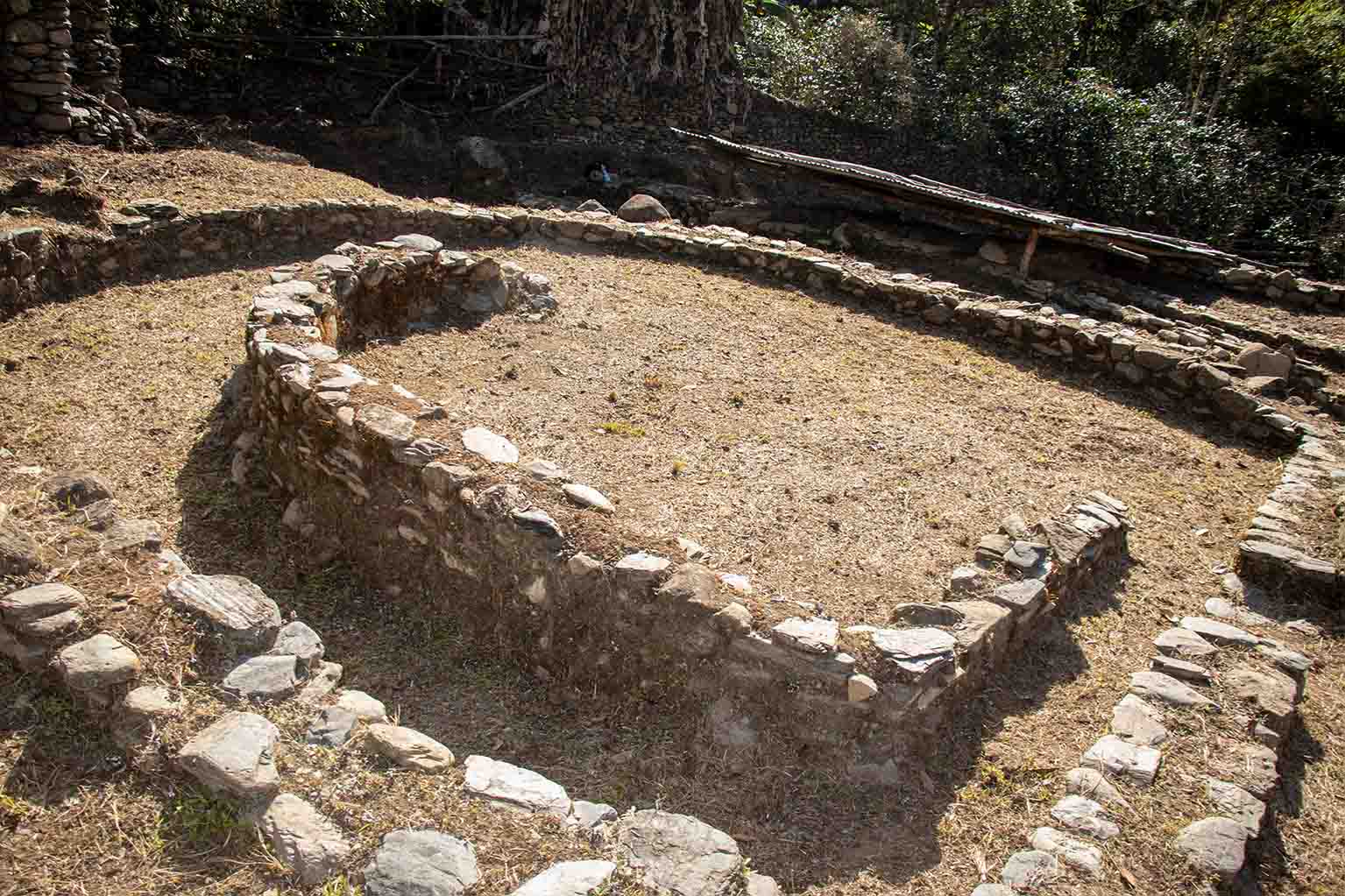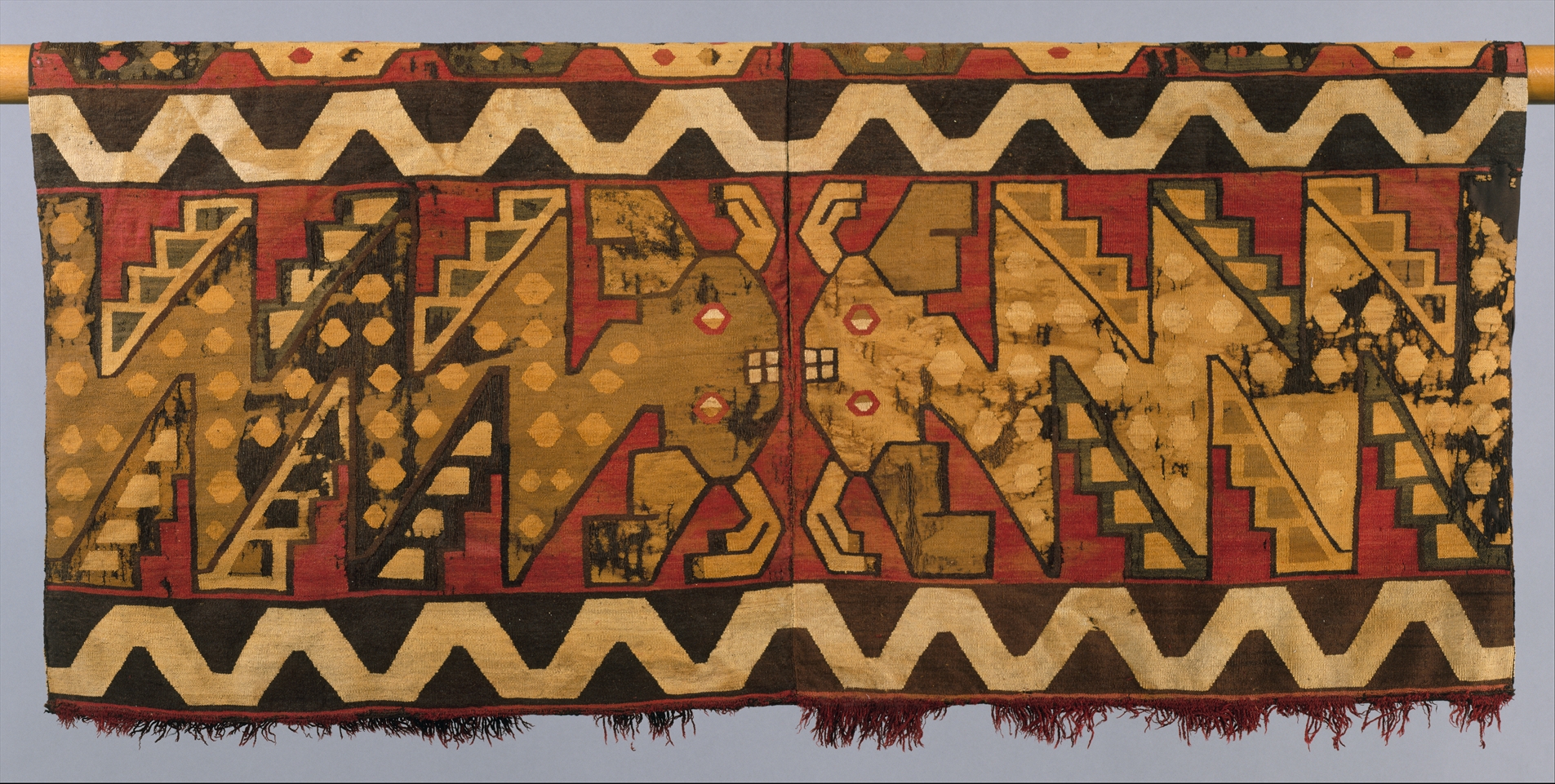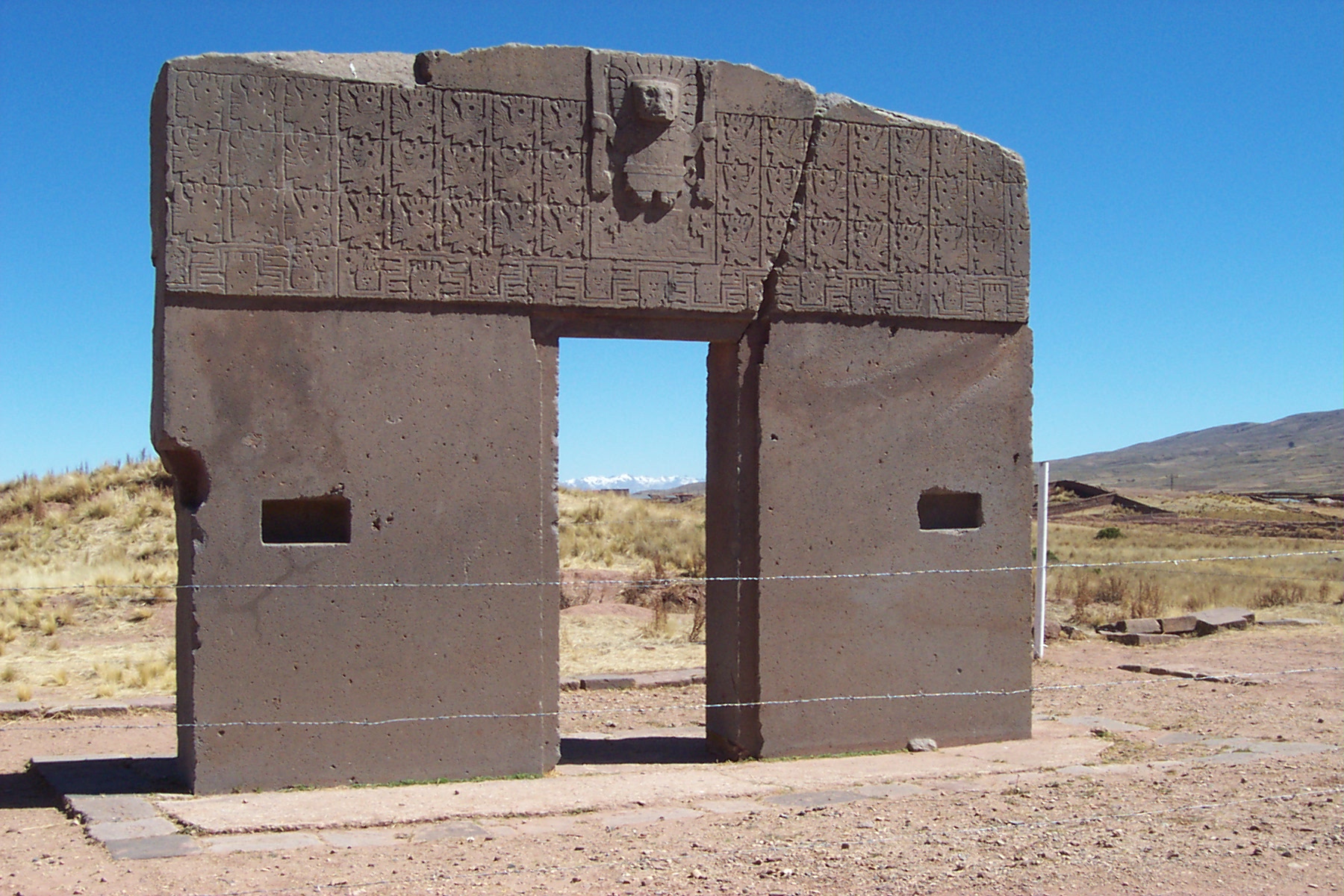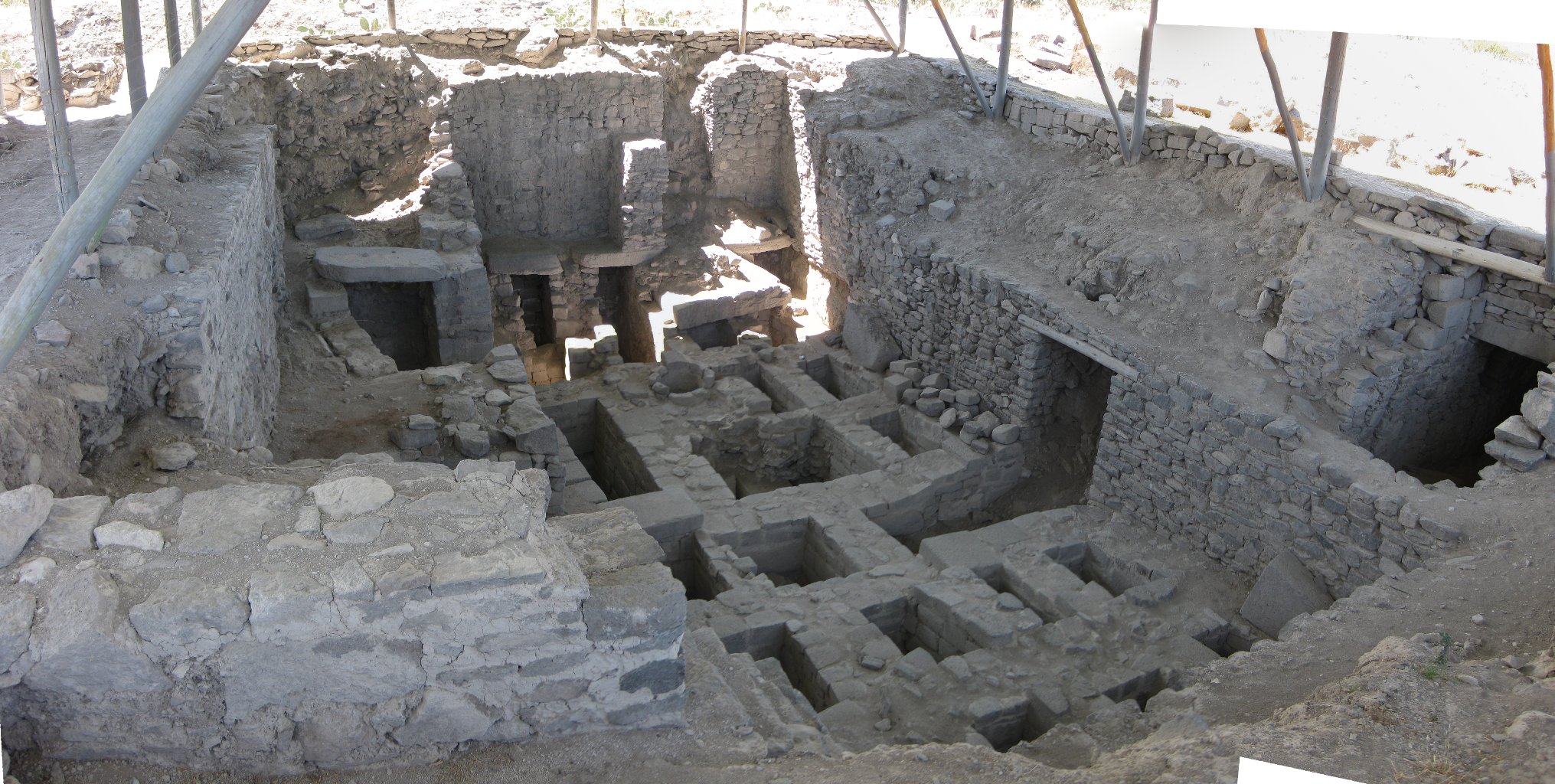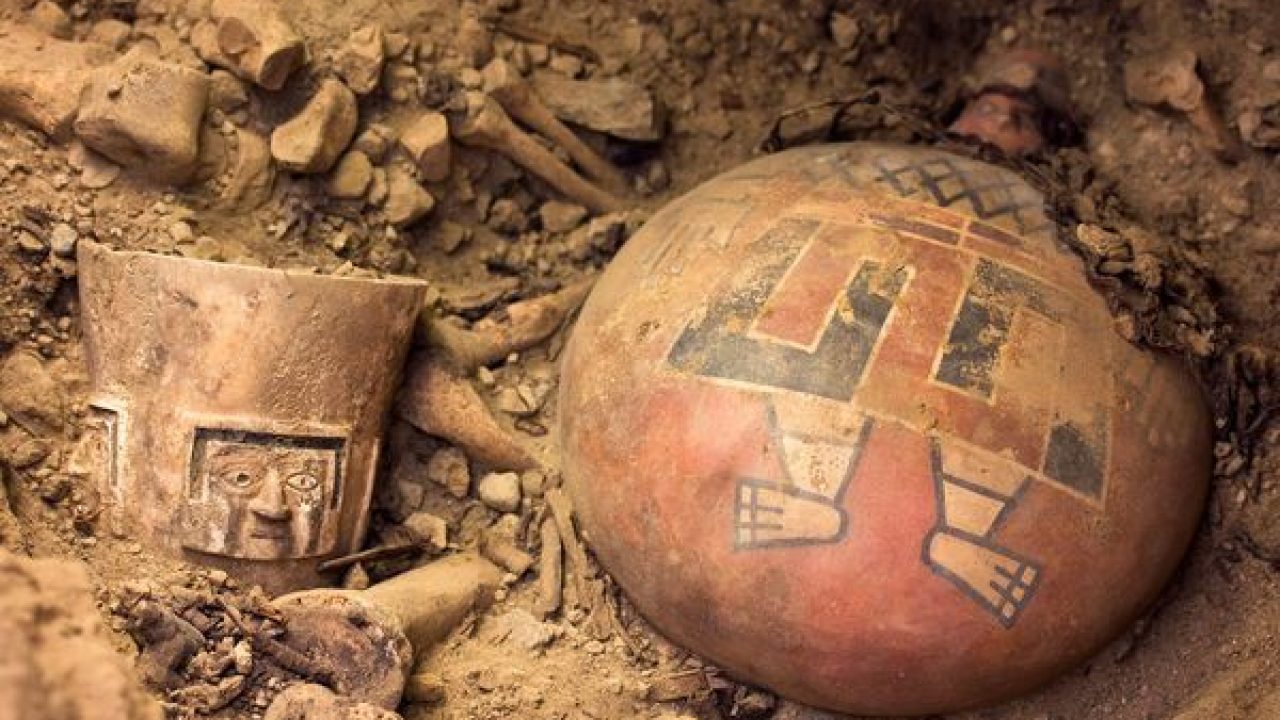This civilization built many huge structures. He established government centers in various places. He also developed a system of terraces to increase agricultural productivity. The Huari culture laid the foundations where the Inca empire was built.
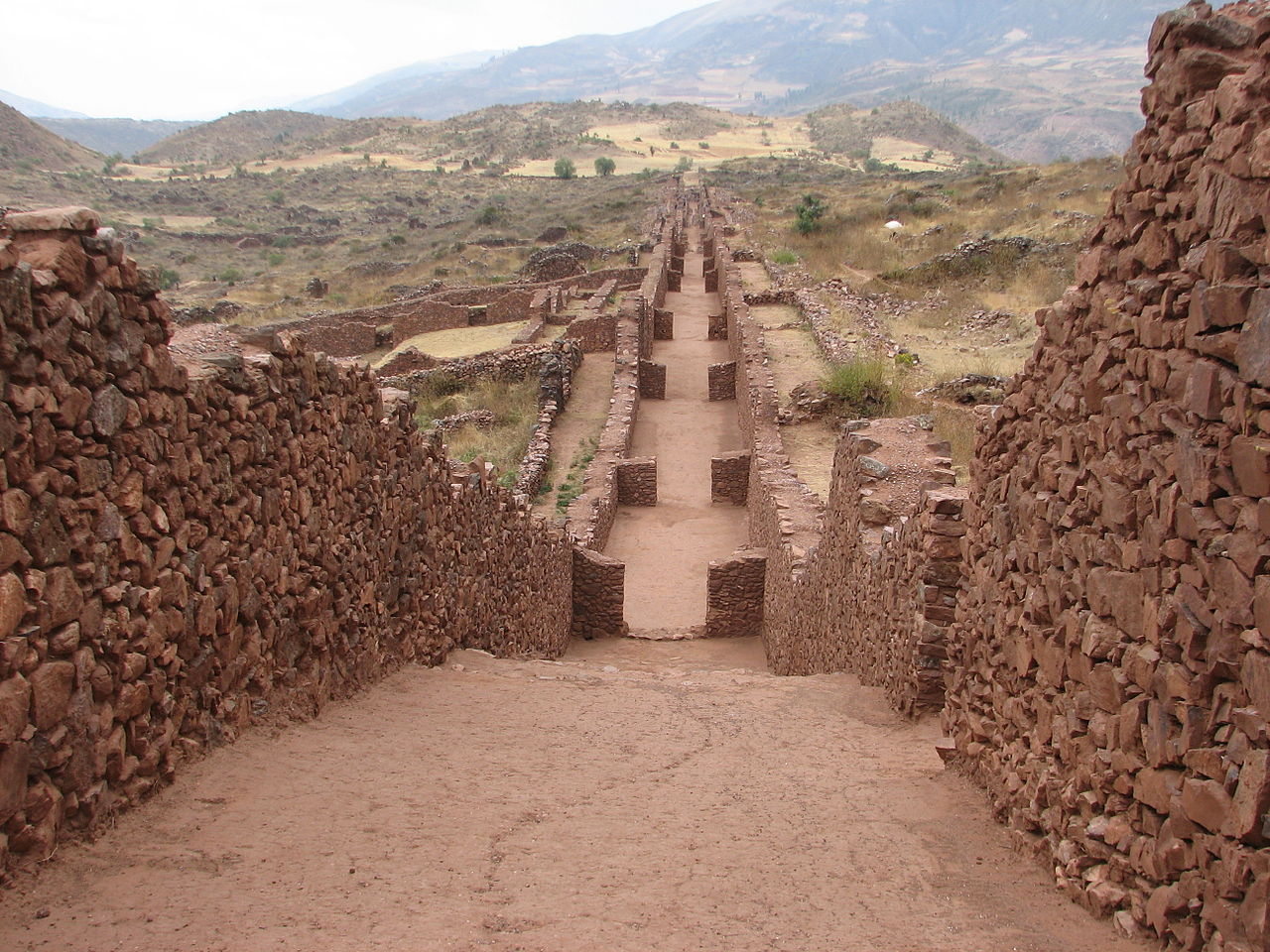
Huari Culture
The Huari or Wari culture developed during the pre-Inca period of the Middle Horizon. It appears in the XNUMXth century AD in the Ayacucho region, located in the Andes mountain range south of present-day Peru. Its namesake capital is located near the modern city of Ayacucho, Peru. The expansion of this culture was first towards the coast, towards the very important religious center of Pachacamac, which seems to have maintained a strong autonomy.
Later, the Huari spread north into the lands of the ancient Moche culture, where the Chimú civilization would later develop. At its height, the Huari culture spread throughout the coast and highlands of central Peru. The best preserved samples of the Huari culture remain near the town of Quinua. Equally famous are the Huari ruins of Piquillacta (the "city of fleas"), a short distance southeast of Cuzco towards Lake Titicaca, which predates the rule of the Incas.
History
During the Middle Horizon, around XNUMX AD, two cultures arose in the Andean highlands and the Pacific coastal region, subjugating the existing empires: the Huari culture and the Tiahuanaco culture. The militaristically oriented Huari culture grew out of the Recuay culture and subjugated the Nazca, Mochica, Huarpa, and other smaller cultural centers. The name of the culture comes from the place name, Huari, the political and urban center of the empire, about twenty-five km northeast of the modern city of Ayacucho in southern Peru.
The Huari were, for at least half a century and perhaps more, contemporaries of the Tiahuanaco civilization that developed on the high Bolivian plateau, on the shores of Lake Titicaca. Archaeologists find many similarities between the two cultures especially in the arts. It is also possible that the two civilizations clashed over the mines located on the borders of their areas of influence. The Huaris seem to have been weakened by this rivalry.
The Huaris were great builders: they established cities in several provinces, they developed a terrace farming system to increase the productivity of agriculture in the mountainous regions, and they made many roads that the Incas would later integrate into their communication system. The Incas, who emerged three centuries after the disappearance of the Huaris, are often considered heirs to this civilization and that of the Tiahuanacos.
Huari Tiahuanaco Culture
In Ayacucho, the Huarpa culture had its seat, which maintained great commercial contacts with the Nazca civilization. Thus achieving an important advance in the manufacture of handicrafts in the town. The presence of the Tiahuanaco culture in Ayacucho is attested by the representation of a deity engraved on the "Puerta del Sol".
This image, like the angels that accompany it, is drawn on large urns from Ayacucho, which we know as the conchopata style, because this style comes from this locality. Conchopata was not a large city but rather it extended over a considerable area, without bringing together the population.
In this context, the Huari culture developed from the Huarpa culture, between 560 and 600. The development of ceremonial ceramics that received the name of Robles Moqo was observed, spreading over a larger area, including the regions of Ayacucho, Ica, Nazca, the Santa Valley and beyond the mountain to the Callejón de Huaylas.
This first expansion marks the first phase of the influence of the Tiahuanaco-Huari culture. In this civilization, elaborate polychrome ceramics, polychrome textiles, small turquoise sculptures, jewelry and various works of art and crafts were produced.
Conchopata is located 25 km northeast of Ayacucho. This city was the capital of a complex civilization whose area of influence extended from Cajamarca and Lambayeque (in the north) to Moquegua and Cuzco (in the south). Conchopata covered almost 120 hectares in the area of greatest density, where several thousand families could live. The city was built with stone, surrounded by high walls made of stone and adobe, as well as terraces and platforms.
In the city of Huari, large buildings can be seen, including temples, mausoleums and houses of the ruling class. In the Cheqo Wasi area, there are carefully placed stone pieces: these are underground burial chambers, probably used by dignitaries.
On the ground floor of the buildings, the water supply was provided by a network of canals. Indeed, water was a strategic element: important canalization and drainage works were carried out. The agricultural terraces considerably increased the arable land. Built on the slopes of the hills, they are mainly located near major and secondary urban complexes, in order to meet the needs of the population.
Tiwanaku influence
The Tiahuanaco culture developed in the highlands between 550 and 900: its influence on the Huari is notable in the religious sphere and in funerary rites. In some ceramics the representation of deities with anthropomorphic and zoomorphic features appears, similar to those of Viracocha of the Tiahuanaco culture. This divinity is found in later cultures. She is represented in the Puerta del Sol located in the Kalasasaya complex (in Bolivia).
Expansion of the Huari culture
The spread of the Wari culture was associated with profound changes in the political, social and religious life of the Andean people. These changes were reflected in new architecture, urban settlement structures, expanded infrastructure, and a militarily organized culture. The religious cult around the new creator god Viracocha soon superimposed all the cults of the previous centuries, the cause of his resemblance to the scepter god of Tiahuanaco could not yet be clarified precisely.
Characteristic peculiarities found in these two cultures in textiles, in handicrafts, and in the ceramics found again are polychrome elements with complex ornaments, among which the surprisingly frequent use of mythical animal motifs with condors and jaguars stands out above all.
Of the three different periods of the Huari, the second (from the XNUMXth century to the XNUMXth century) is the most apogee. It is defined by the ceramic style called Huari, which has regional variations: Viñaque, Atarco, Pachacamac, Qosqo and others. This is the moment of the maximum expansion of this civilization, which reached Lambayeque and Cajamarca (to the north), and Moquegua and Cuzco (to the south) while Tiahuanaco extended from Cuzco to Chile and to the east of Bolivia.
The Huari culture introduced a new conception of urban life, creating the model of a large urban center surrounded by walls. The best known Huari cities (because they are the most excavated) are Piquillacta (near Cuzco) and Huiracochapampa (near Huamachuco, in the La Libertad region). These cities developed within the limits of the Huari influence.
The city of Huari mainly based its economy on exchanges with other cities that share the same culture. But during the third epoch, these exchanges diminished, resulting in the political and economic decline of the Huaris and, ultimately, the abandonment of the city and the loss of control over their former area of influence.
After the eleventh century, the peoples of what the European historiographic current calls "the Huari empire" continued to develop on their own. Ayacucho declines by abandoning the model of urban life to return to a rural village population structure, similar to the primitive phases of the Huarpas.
At its height in the XNUMXth and XNUMXth centuries, the area of influence of the Huari culture extended for more than one thousand five hundred kilometers from Sihuas (Arequipa) and Sicuani (Cuzco) in the south of the empire to Piura and the Marañón Valley in the north and covered an area of about three hundred thousand square kilometers.
At that time, up to one hundred thousand people lived in the capital in an area of twenty square kilometers. Evidence of impressive urban architecture can also be found in cities such as Otuzco (Cajamarca), Tomeval, Piquillacta and Viracocha pampa, which were built on the model of the capital. The administrative infrastructure of Huari served as a model for the later Inca Culture.
Architecture and infrastructure
In the Huari culture, for the first time in South America, the cities that were designed were surrounded by defensive walls and were distributed in a chessboard pattern and went far beyond religious centers. The Huari capital was fully equipped with temples, palaces, and districts, and the city had a complicated system of canals and aqueducts.
Structures like the Huari Huillcahuayín temple near Huaraz were sensational in terms of construction. The Huillcahuayín temple is crowned by a gabled roof made of huge smooth stone slabs, inside and outside heavy megaliths alternate with small format slate layers.
Due to this elastic construction, the temple suffered only two cracks even in the severe earthquake of 1970. In their time, the Huari established a network of Andean trails that was as precise as the later Inca road network, Qhapaq Ñan, and extended from Ayacucho to Lake Titicaca in the south and to Piura in the north.
The city of wari
The city of Huari was the homonymous capital. Along with Tiahuanaco, this city was the center of the first empire of the Andes, before the advent of the Incas. Given the decentralized mode of operation of this area of influence, the term "influence" would be more appropriate than that of empire, which presupposes a highly centralized administration like that of the Incas, and a standardization of the territory.
The urban center of Wari had an area of almost two thousand hectares. At the height of this civilization, it is assumed that some buildings may have had six levels. Most of the buildings were covered with white plaster, with polychrome decorative motifs.
The city was able to exceed fifty thousand inhabitants at its height, before declining substantially around the year 1000. The reasons and process of this decline are currently unknown. Most of the Wari constructions remain to be excavated.
The researchers divided the central area of the city (which extends over eighteen square kilometers) into twelve sectors. All of these buildings are located twenty-five kilometers north of Ayacucho and an eight-hour drive from Lima.
- Monqachayoc There are underground galleries with roofs made up of large stone blocks in one piece. The walls are covered with flat stones of an elongated shape. Also, there are stone pipes that were certainly used to transport water to the city.
- Capillapata This sector is made up of large double walls measuring between eight and twelve meters high. At 400 meters long, the wall thins as it gains height. In fact, the base is three meters thick, while the top measures only between 0.80 and 1.20 meters.
- Yoc Turquoise This sector takes its name from the presence of remains of turquoise from pearl necklaces or small sculptures. The concentration of this material is such that it is believed that the workshops dedicated to its modeling were located in this sector.
- Casa de Blas Throughout this area, there are many remains of stone tools, such as projectile points, awls and carved flint. The raw materials used were obsidian, flint and bone from the guinea pig bowl.
- Canterón It is assumed that a quarry was located in this sector.
- Ushpa Qoto It is a collection of various buildings located near a plaza. Three large walls were built parallel to each other. The structures are in the shape of a semicircle with underground passages.
- Robles Moqo In this sector there are ceramic vessels and fragmented lithic works. A characteristic Huari ceramic style is called Robles Moqo, as it was determined from the fragments found in this area by a local guide named Robles.
- Campanayoc These are enclosures in the form of circles and trapezoids, currently they are completely destroyed. However, we can appreciate its fundamentals.
- Tranka House Sixteen petroglyphs are carved in stone. Grooves were made on flat surfaces and then lightly polished. These are concentric lines, scrolls, snakes, circles and other geometric figures.
- Ushpa Models of human representations have been found in this area. Thus, it is assumed that it was used as a specific area for services, workshops and shops.
- Gálvez Chayo This cavity, eleven meters in diameter and ten meters deep, was intentionally excavated. Inside, a carefully dug tunnel faces north and a second one faces south.
- Churucana Walls equal to those found in Capillapata forming spaces in the form of trapezoids and rectangles.
Slope
The economic decline of the Huari Empire began in the XNUMXth century. The population dwindled, the Huari capital and other highland towns were gradually abandoned. Later, people also left the coastal cities and retreated to village settlements.
It is believed that climatic changes related to El Niño may have caused the disappearance of this culture, but more precise information is not yet available. With the fall of the Huari culture, its unifying power was also lost; For several centuries, the Andean region was again shaped by independent regional empires and regional cultures.
New discoveries
In 2008, some Huari tombs and mummies were found in the Huaca Pucllana in Lima, showing that the Wari had also swarmed this side. In 2013, a team of archaeologists, led by Milosz Giersz of the University of Warsaw, announced the discovery of an intact royal tomb located in Huarmey Castle containing the remains of sixty-three people, including three Huari queens. Around it, archaeologists have found more than a thousand artifacts, including gold and silver jewelry, bronze axes and gold tools.
Here are some links of interest:

